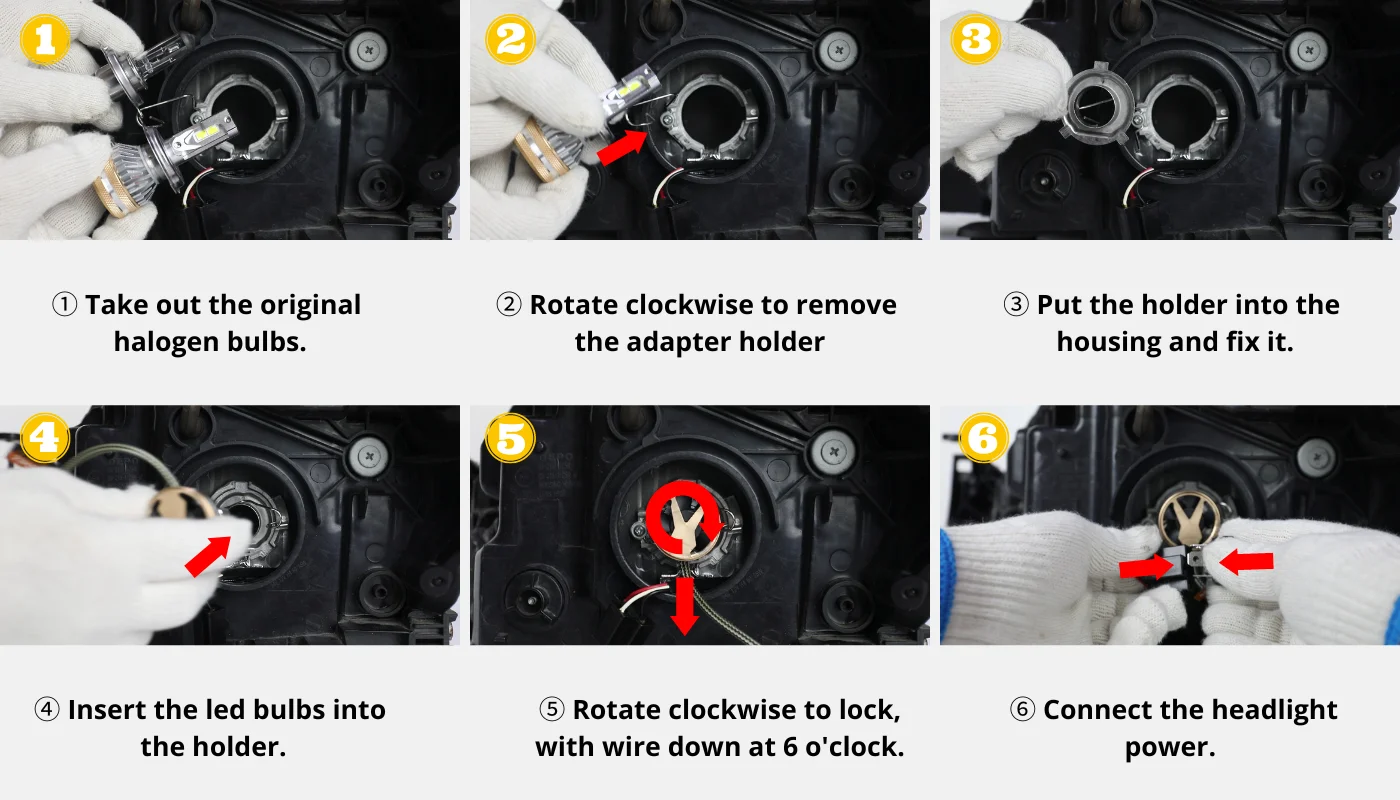The Evolution of Car Design
Cars no longer simply serve as means of transportation; they also reflect an owner’s personality and sense of style. Consumer tastes have had an ever-evolving effect on car designs over the years.
The development of single-hull chassis cars resulted in lighter vehicles that were structurally sounder. Furthermore, this innovation also created an aesthetic revolution as previously distinct features such as fenders and running boards were gradually integrated into their body designs.
Pre-World War II
As soon as the road cruiser era began, car designers sought to make their cars noticeable on the highway by adding extra flare with chrome and fins adorning these vehicles. Furthermore, this period marked the introduction of innovative safety features such as seat belts.
By the roaring 1920s, car design had adopted Art Deco elements. These style featured curved lines and sleek appearance reminiscent of its horse-drawn buggy predecessor.
After World War II, Detroit’s big three manufacturers went one step further to push Sloanism to its extreme. They designed and produced ever longer, heavier, more power-hungry vehicles which not only reduced efficiency but were more costly for ownership and operation as well.
This era saw the introduction of front-wheel drive vehicles, which were easier to maintain and gave greater traction than their rear-wheel counterparts. Furthermore, air conditioning and other comfort features became popular due to consumer demand for greater convenience and comfort.
Post-World War II
Car manufacturers after World War II quickly responded to an increasing consumer vehicle demand by creating more cars than ever. Car designers introduced boldness and creativity back into their design processes by crafting spacious cars with more seats, cargo space, improved safety features and body styles such as station wagons or sedans with long hoods and rear taillights – sleeker cars resulting from social liberation and technological progress.
Postwar America also saw the introduction of fiberglass bodies, which were cheaper to produce and more resistant to rust than their steel counterparts, plus lighter so as to increase fuel efficiency. These groundbreaking new designs proved popular with Americans and gave rise to muscle cars of the 1950s.
As automobiles evolved from simple utilitarian early vehicles that only sought to meet practical needs, they have come to represent more than their functional purpose: their design now reflects society’s moods; from jazz music and flappers of F. Scott Fitzgerald’s The Great Gatsby period in 1920 through to depression-era Britain during World War II and more conservative conservative attitudes than before.
Muscle Cars
The Pontiac GTO may have popularized the term “muscle car.” Its combination of an intermediate-sized two-door coupe body with a powerful engine was the precursor to today’s definition of muscle cars; though Oldsmobile had already offered its Rocket 88 and Chrysler’s 300 had similar lightweight midsize bodies with large V8 engines; Pontiac’s beefier motor led to an unprecedented horsepower war between American manufacturers.
Muscle cars offer exceptional speed and power at an accessible price point, and their golden age was from the mid 1960s through to early 1970s.
Muscle cars differ significantly from their more agile sports car counterparts in that their larger frame and increased torque require more room than their sleeker counterparts, and their larger engines tend to generate more heat, necessitating larger air scoops for increased cooling.
Futuristic Cars
Cars continue to advance into the future with several notable trends emerging. One such development involves eco-friendly designs that result in sleeker vehicles.
Another trend is the increasing popularity of luxury SUVs, which combine utility and comfort. Although these cars may not look as futuristic as those seen in sci-fi movies, they still push boundaries of what can be achieved through modern technology.
At last, we are witnessing a rise in self-driving cars. Cruise control enables drivers to set speeds and unhitch from certain situations when necessary. In full autonomy mode, however, vehicles would essentially drive themselves under most or all circumstances – this change was highlighted by Altran Group Executive Vice President Pascal Brier as being most significant right now.












